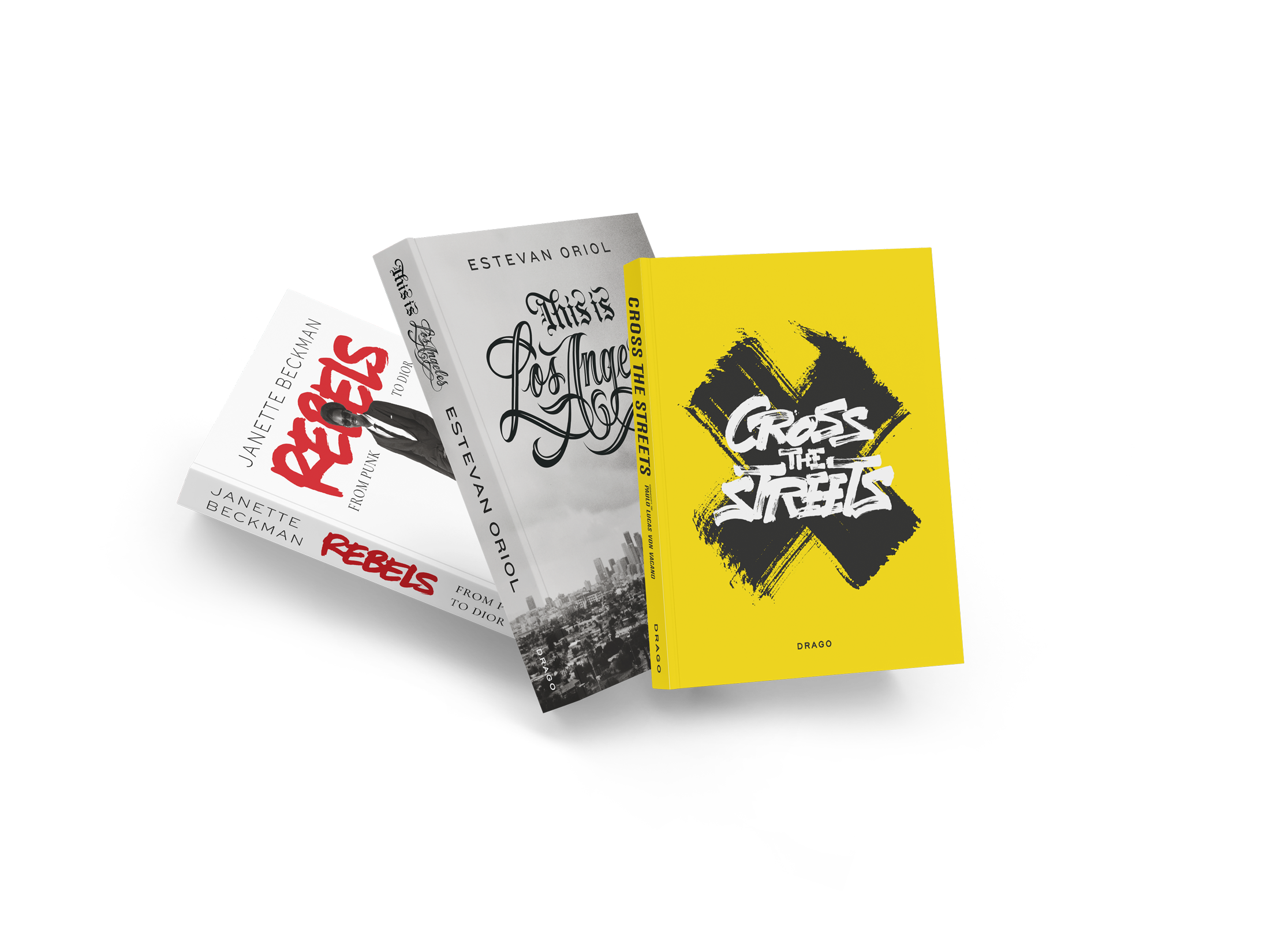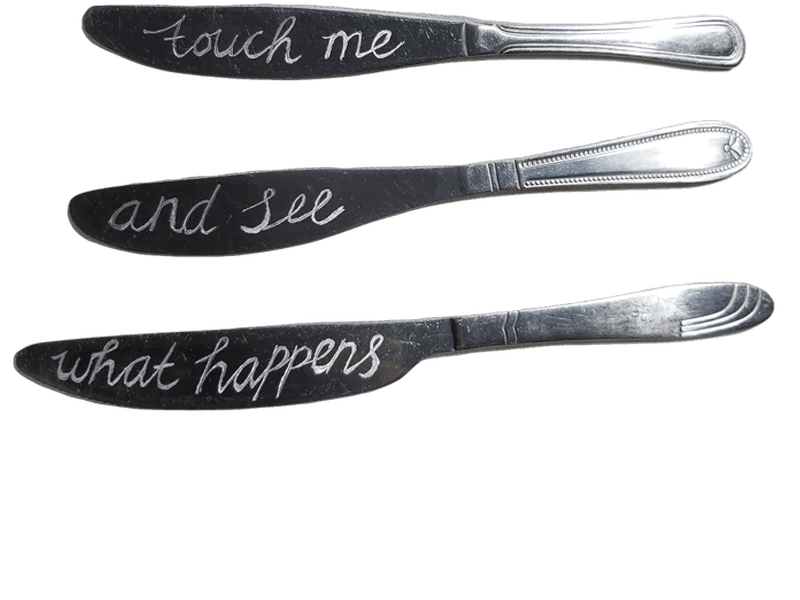
Tazio Secchiaroli (Rome, 25 November 1925 - Rome, 24 July 1998).
Tazio was born in Rome. Young photographer of Roman photojournalism, apprentice of Adolfo Porry Pastorel, father of Italian photojournalism, he learned the secrets of photojournalism from him, scoring important shots that will win them compared to other photographers.
In 1955 he founded the Roma Press Photo, a Roman photo agency that ranges from political news to gossip. He became famous beyond professional boundaries in 1958, being the first to immortalize the busy nights of Via Veneto, making the atmosphere that Federico Fellini crystallized in his masterpiece La Dolce Vita known all over the world. Tazio Secchiaroli photographed the striptease of Aiché Nana al Rugantino, the quarrels between Anita Ekberg and Antony Steel, the excesses of anger of ex-king Faruk or Walter Chiari. His photographs have been published with great prominence, often exclusively, in magazines all over the world. He met Fellini who took numerous ideas from his stories for the screenplay of the film La Dolce Vita and created the character of Paparazzo on him. Since then Fellini, appreciating his photographic skills, called him to his sets as a special photographer.
From 1960 he definitively abandoned assault photography, to devote himself to film sets. He invented a new photographic genre and was the first photojournalist of cinema, bringing his style to the backstages. The stars no longer shy away from him, but are rather happy to work with him.
In 1963 he met Sophia Loren and became her personal photographer. It will be for about 20 years. He works with the most important directors and with the most famous actors, thus creating a 30-year reportage of cinema, especially in Italy. In 1985 he retired from professional life and died in Rome in 1998.
Numerous monographic books and numerous exhibitions have been made with his photographs. His photographs have been published in national and international magazines since the 1950s and are still published today on several occasions and requests for personal and collective requests from private galleries and public museums. His photographs are featured in numerous specialized publications on the history of photography and in catalogs of group and solo exhibitions as well as in public and private collections.



